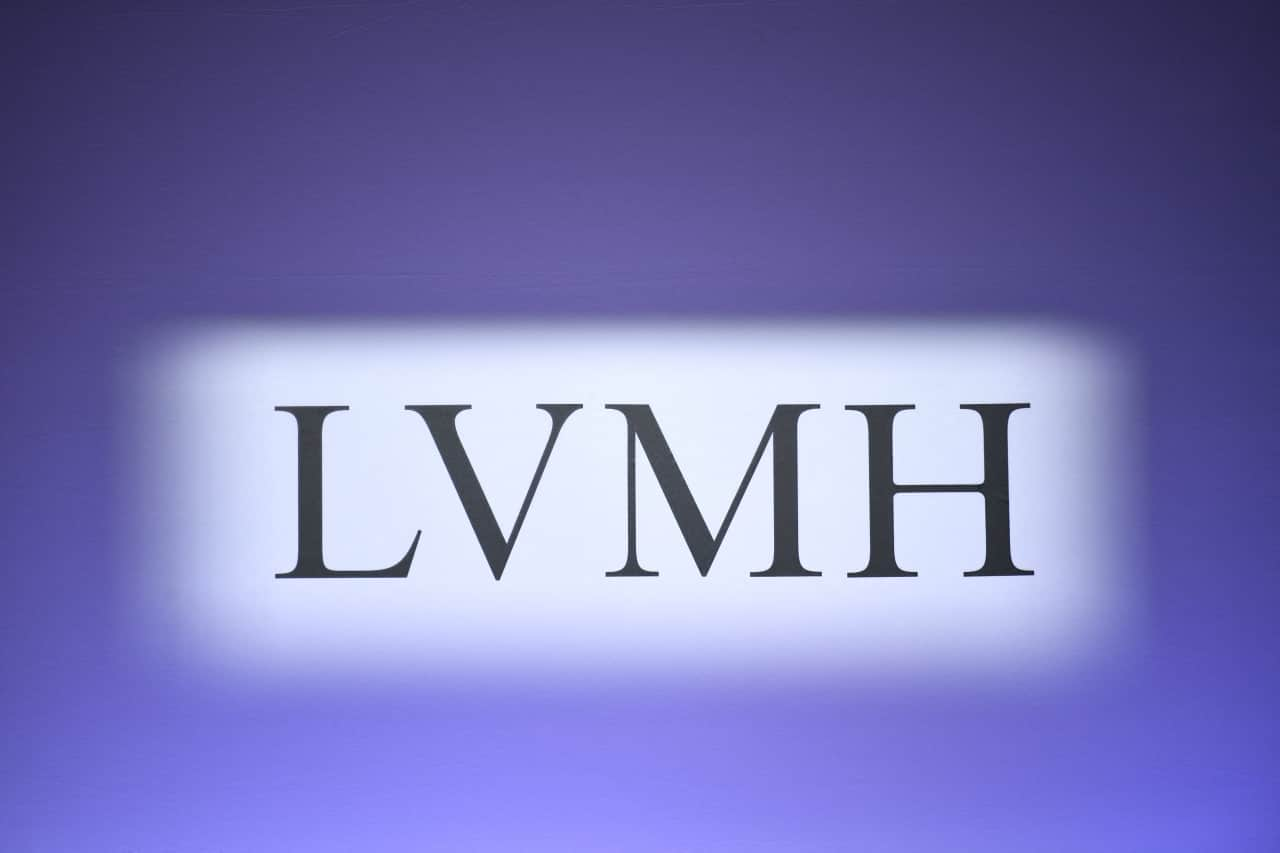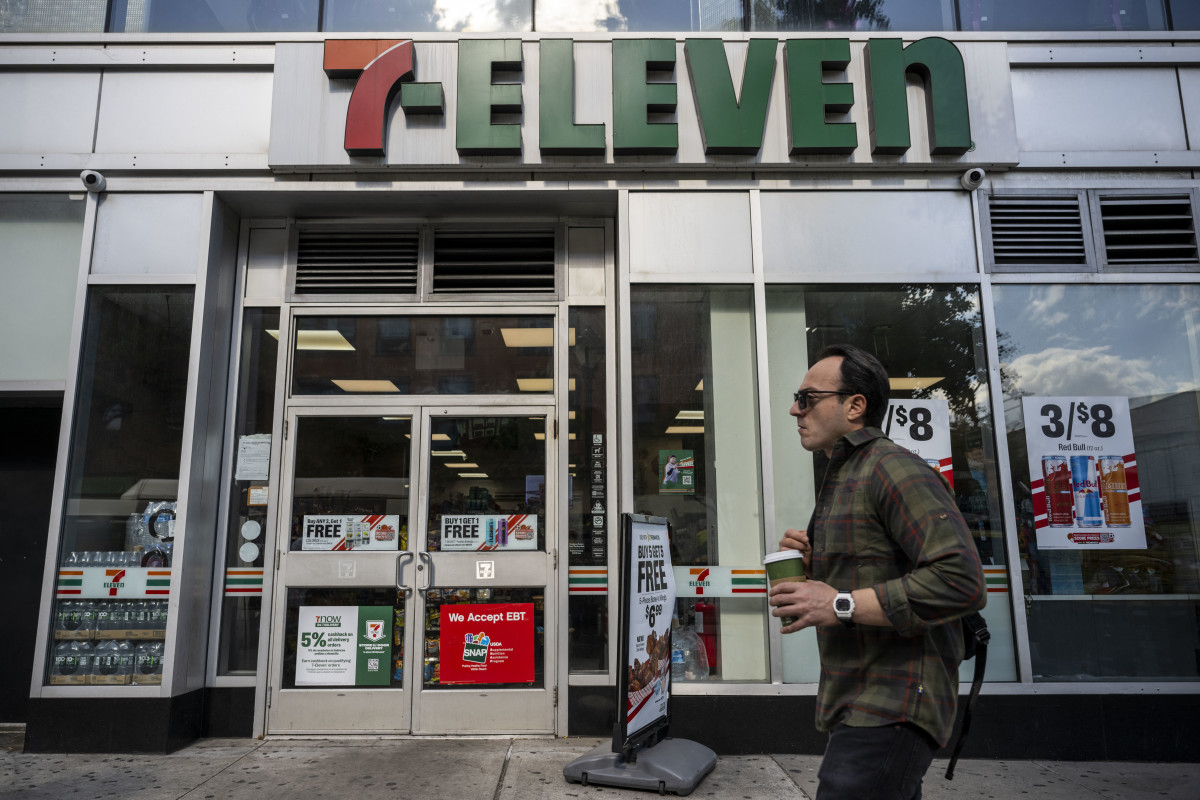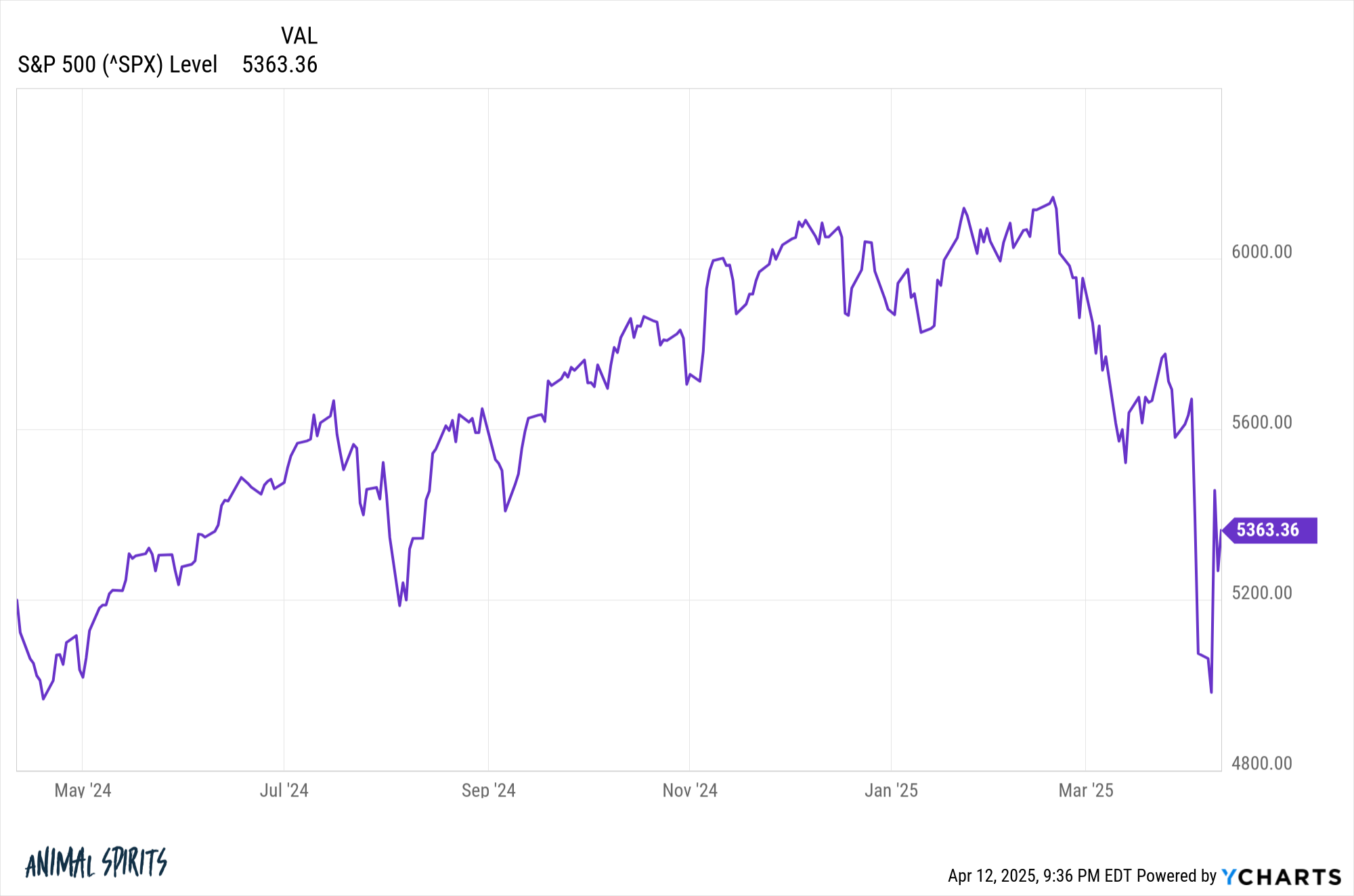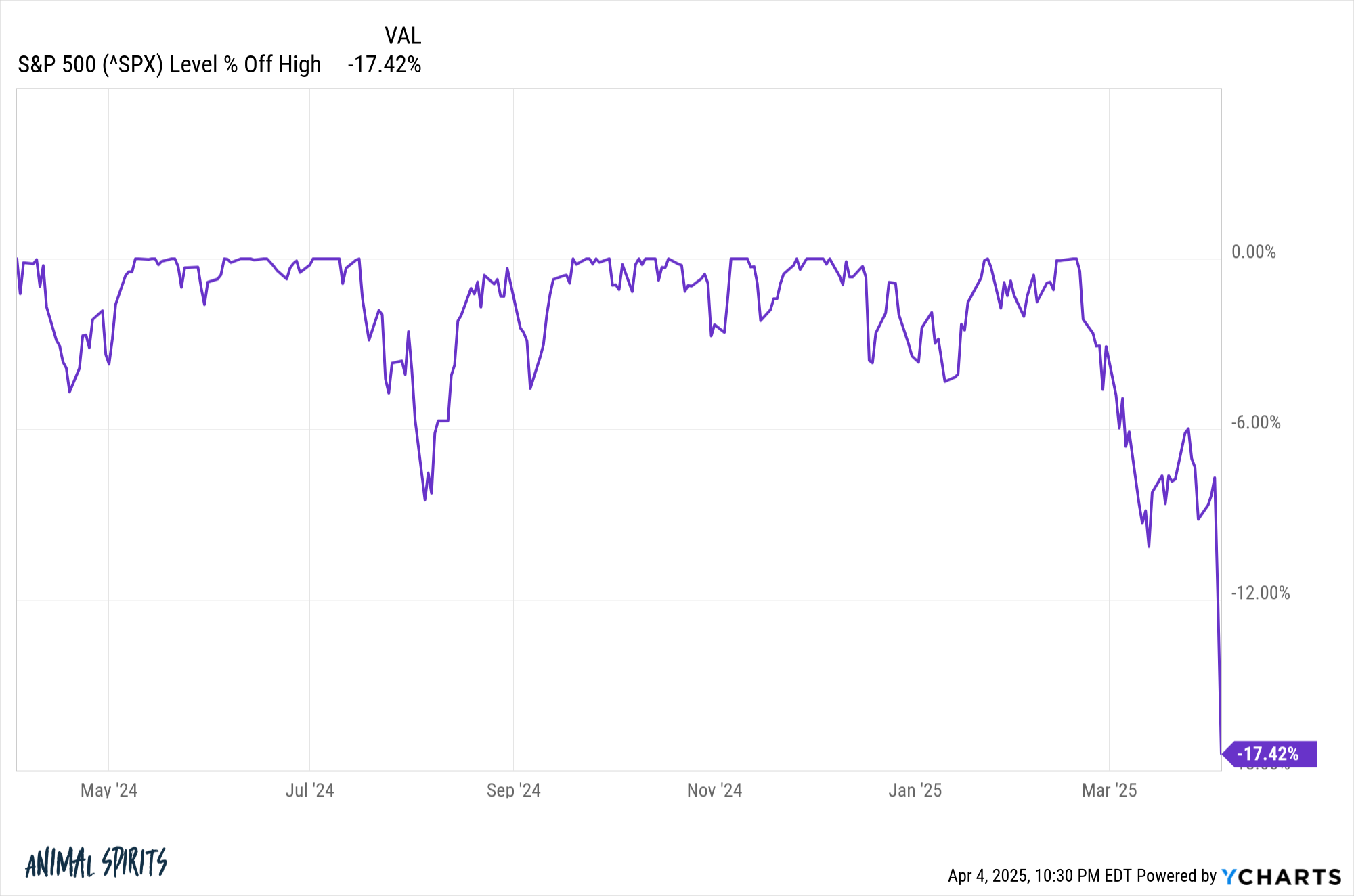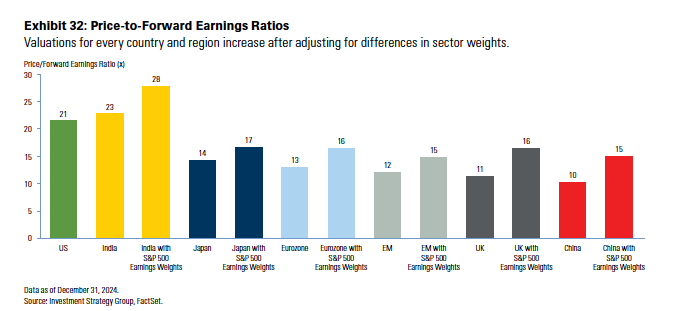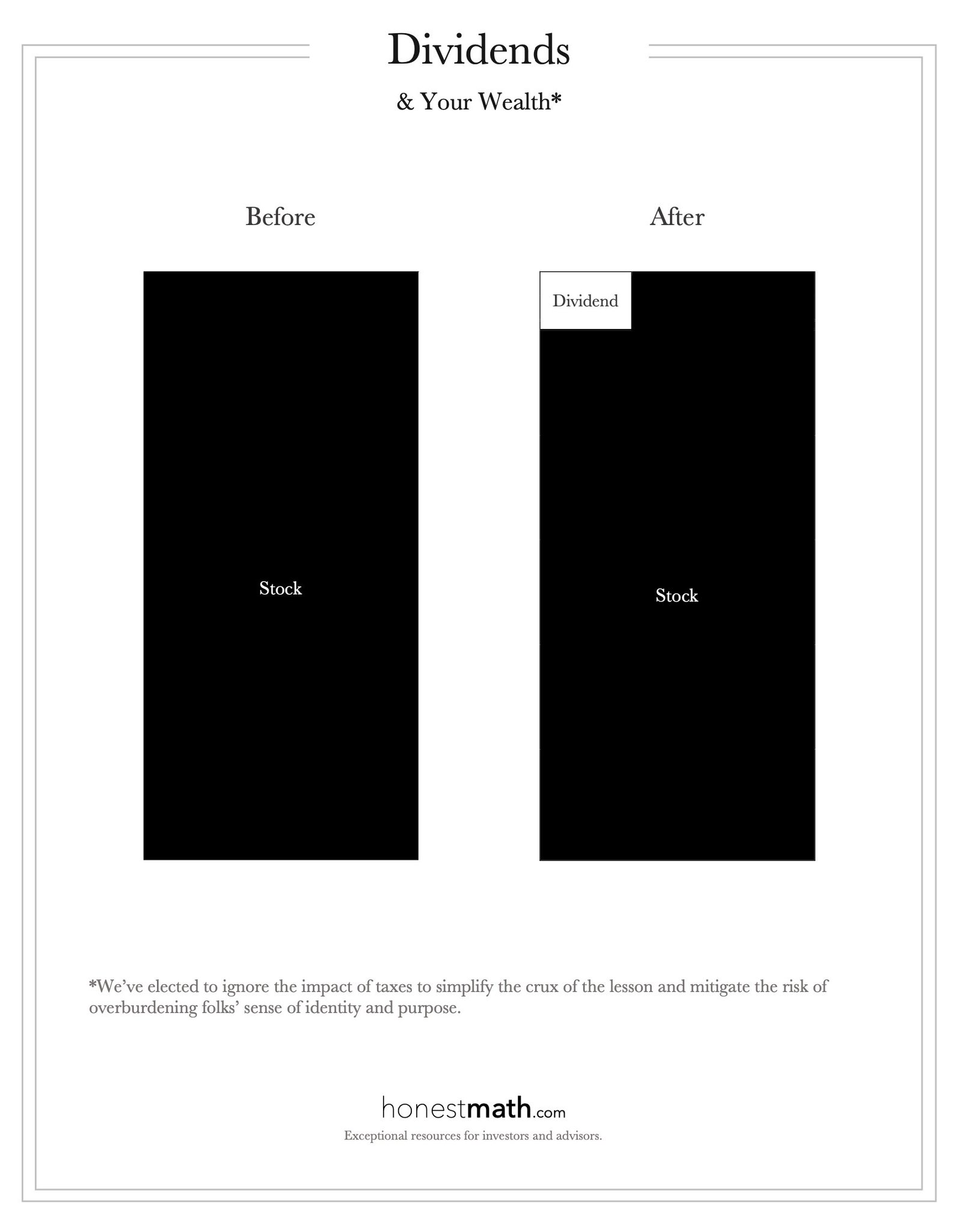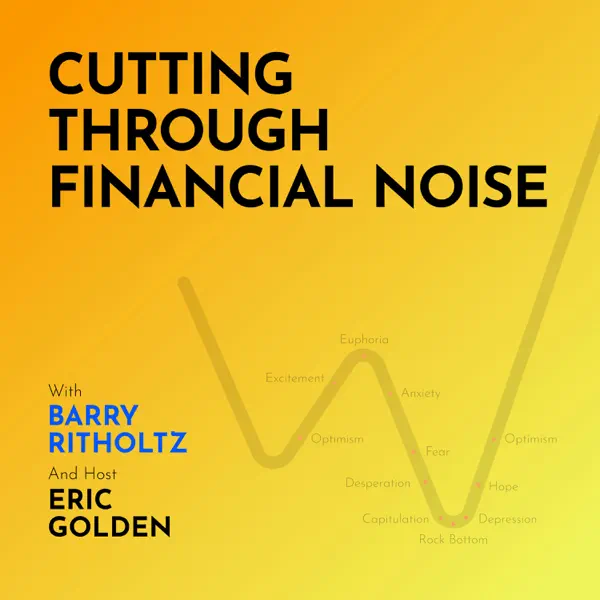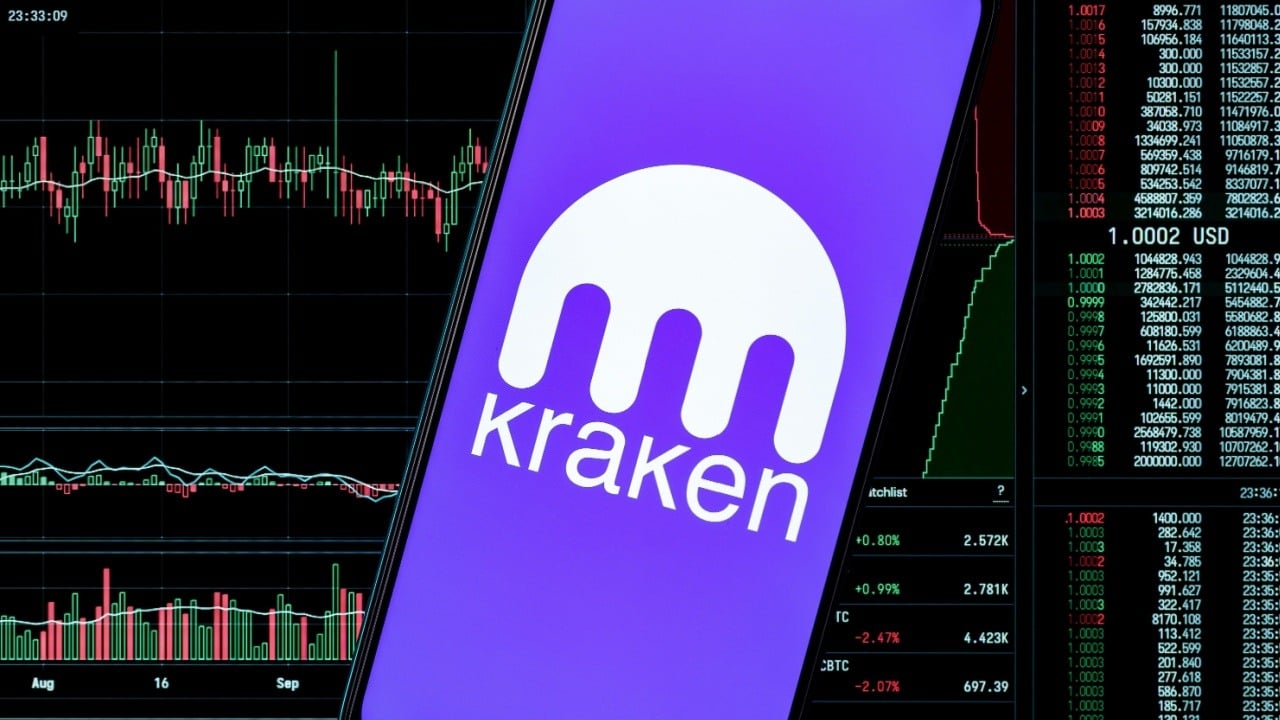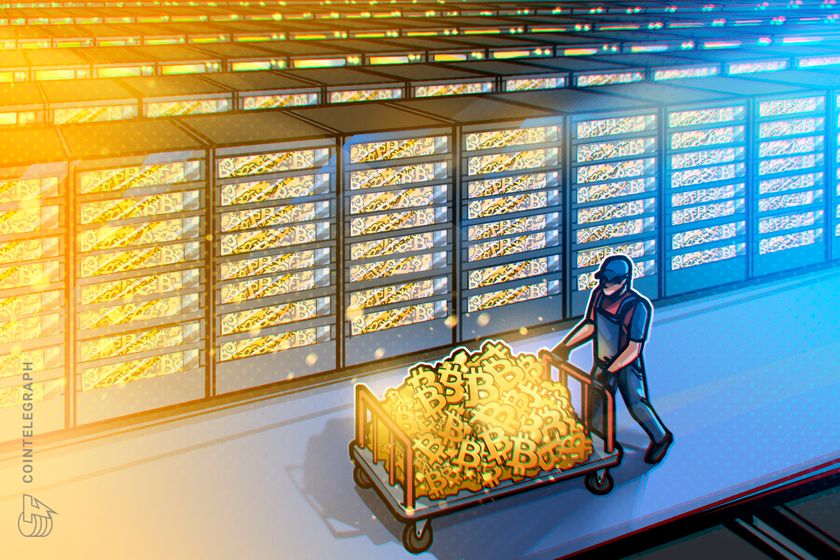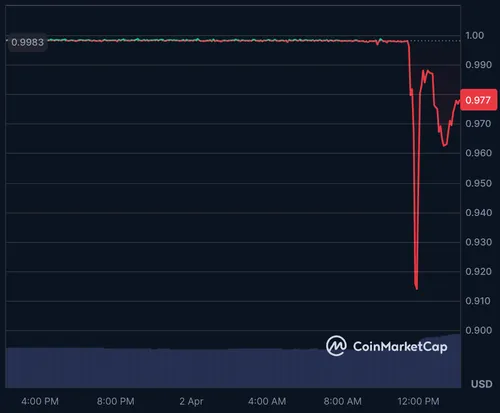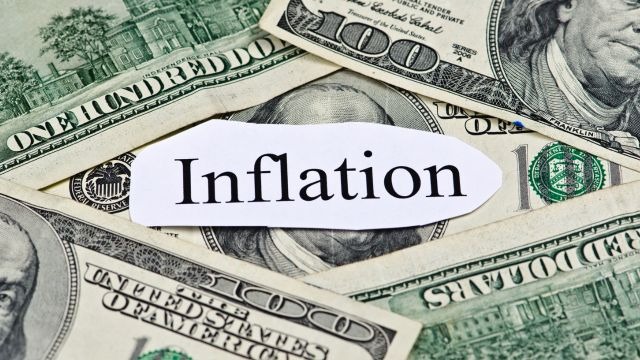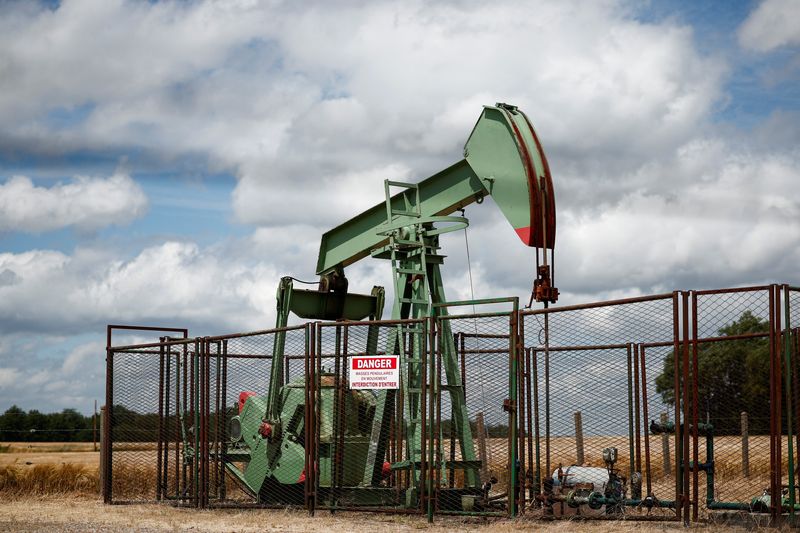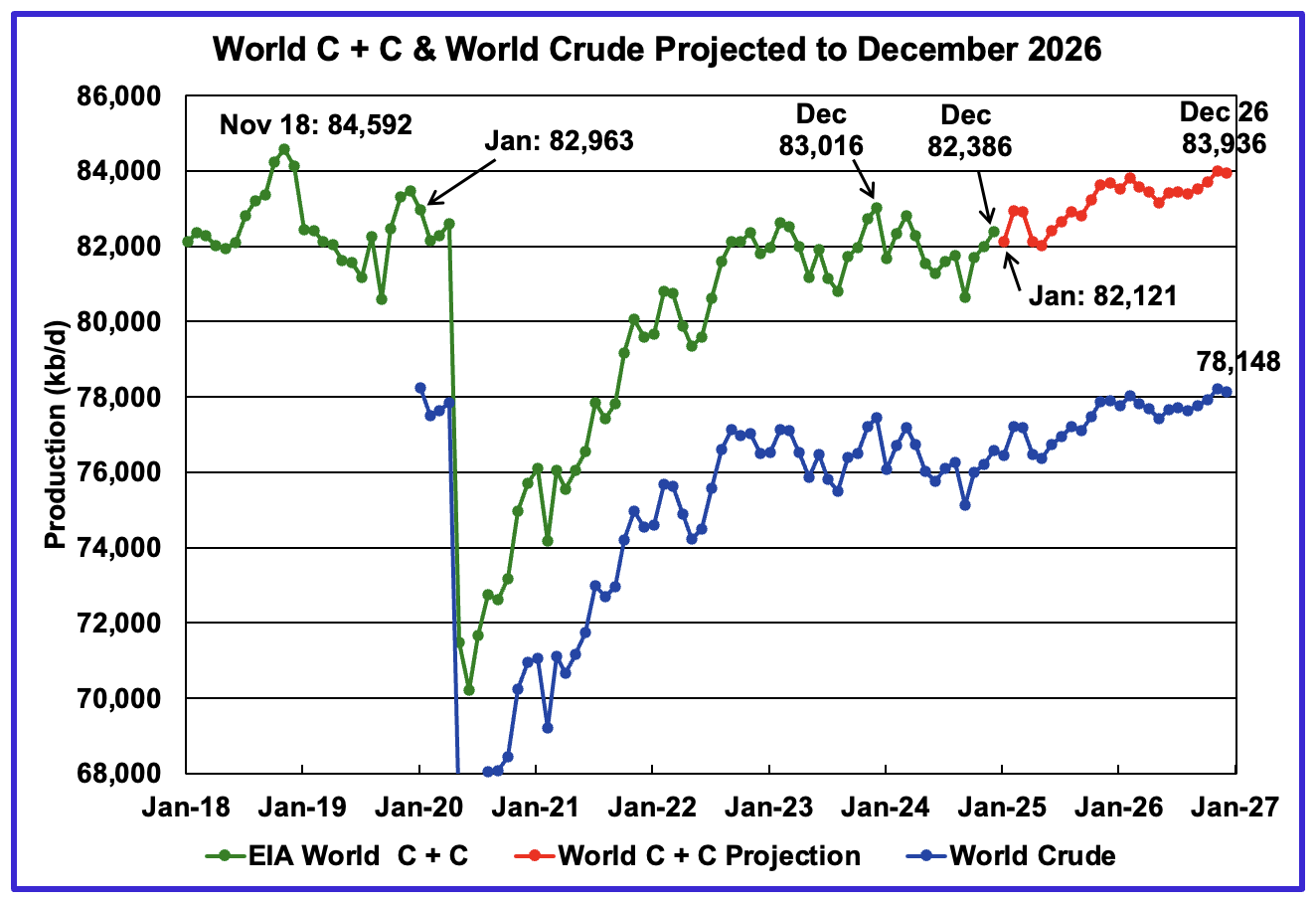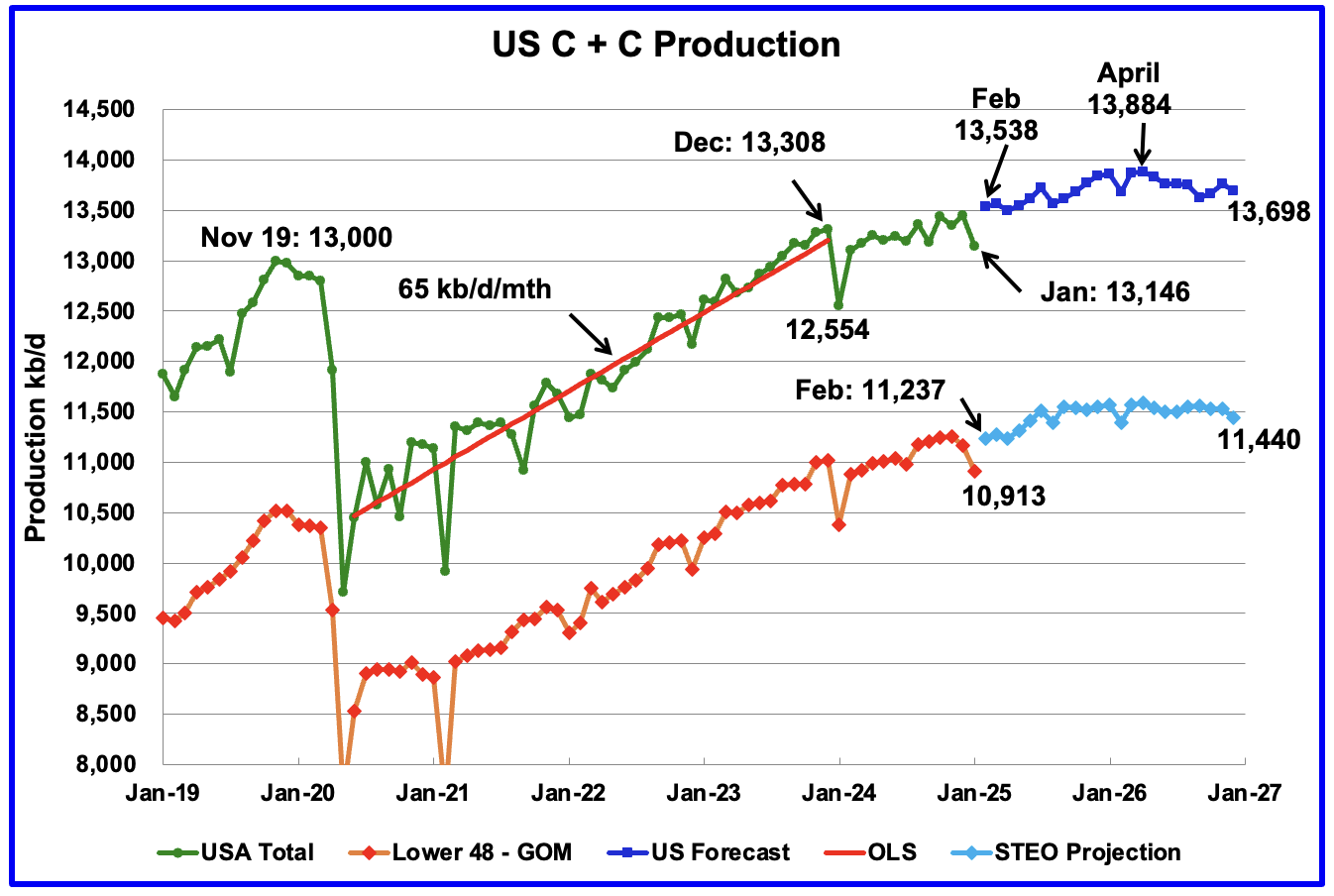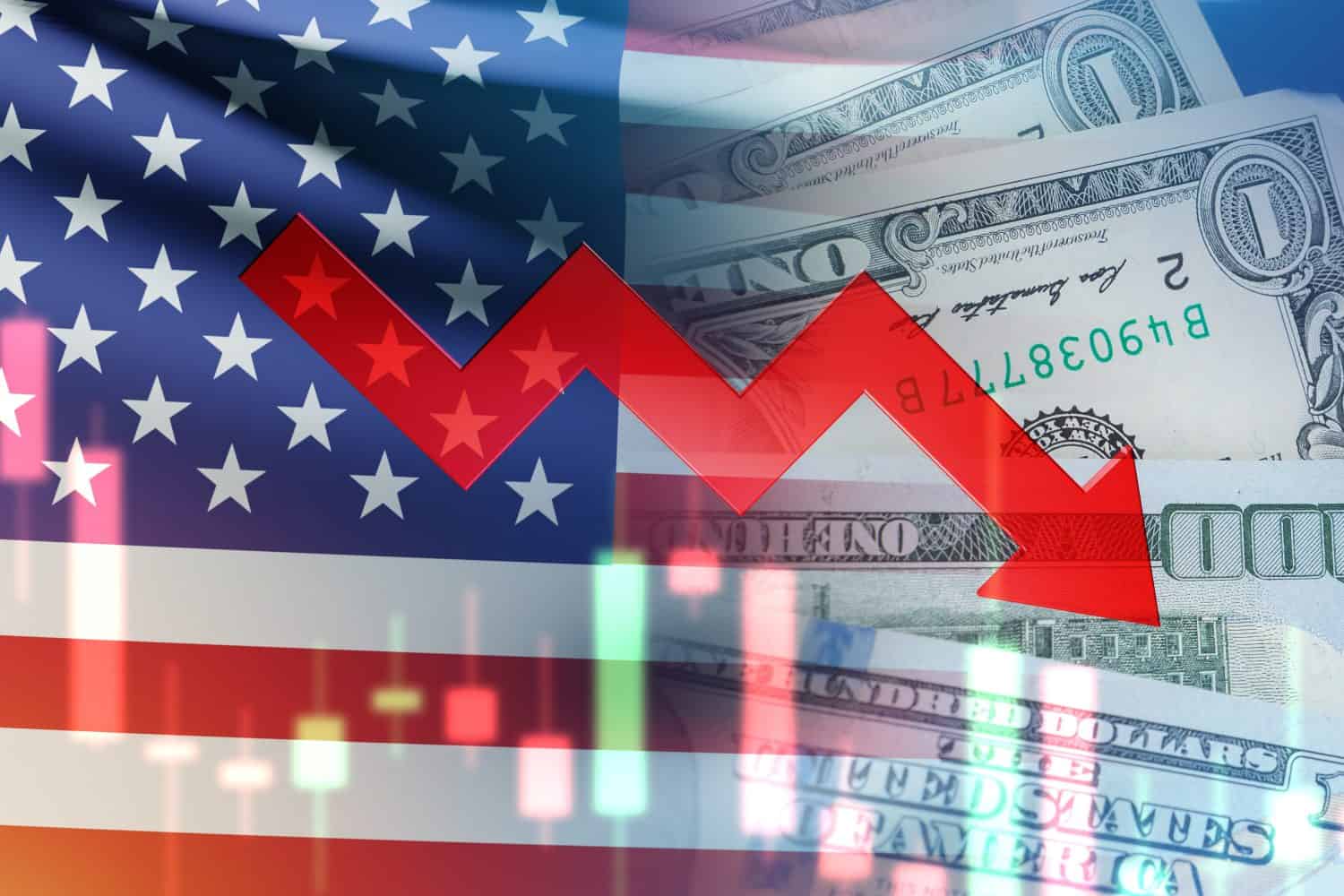The 5 Biggest Risks to Energy Transfer’s (ET) 8% Yield
Energy Transfer (NYSE: ET) boasts an enticing 8% dividend yield, making it a darling for income-focused investors. This master limited partnership (MLP), with its sprawling 125,000-mile network of pipelines transporting natural gas, crude oil, and natural gas liquids (NGLs), generates roughly 90% of its EBITDA from stable, fee-based contracts. Yet, despite its $55 billion market cap […] The post The 5 Biggest Risks to Energy Transfer’s (ET) 8% Yield appeared first on 24/7 Wall St..
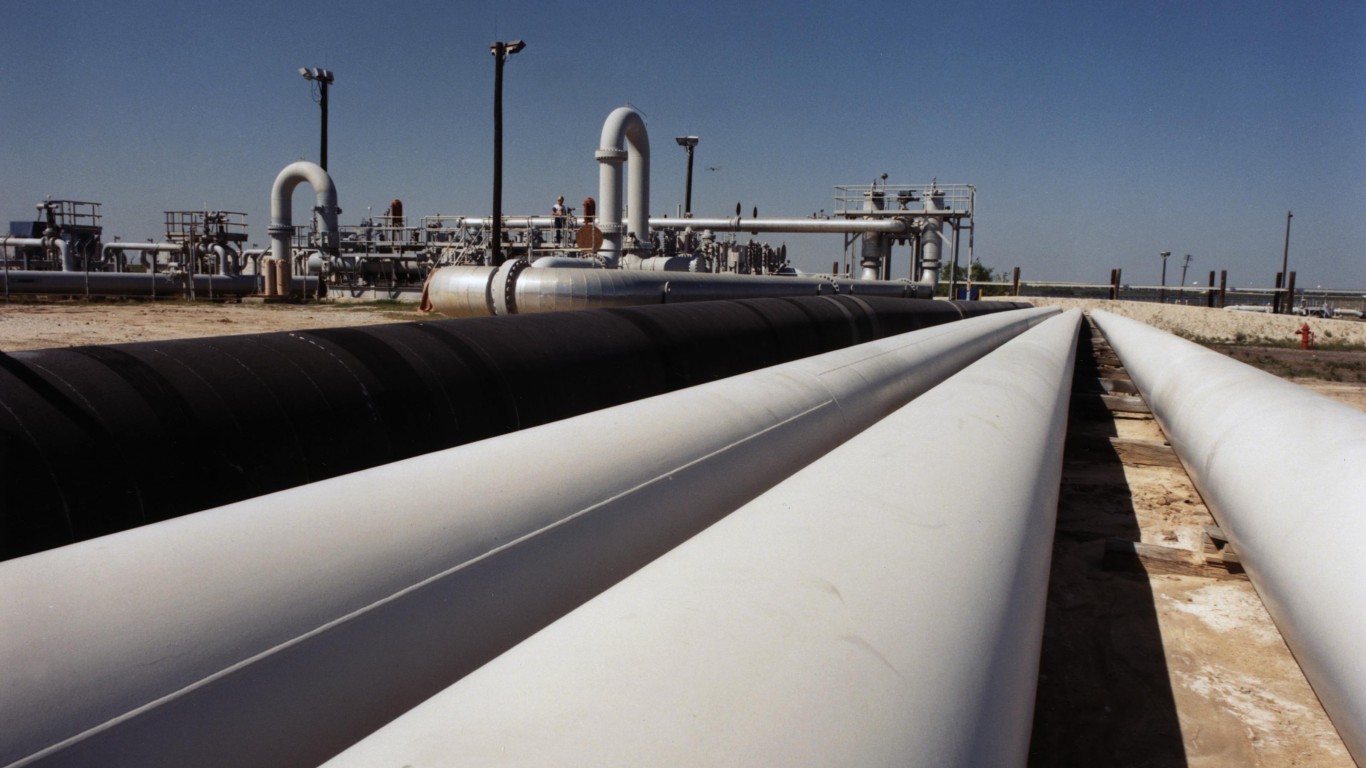
Energy Transfer (NYSE: ET) boasts an enticing 8% dividend yield, making it a darling for income-focused investors.
This master limited partnership (MLP), with its sprawling 125,000-mile network of pipelines transporting natural gas, crude oil, and natural gas liquids (NGLs), generates roughly 90% of its EBITDA from stable, fee-based contracts.
Yet, despite its $55 billion market cap and a 13-year streak of distribution increases, including a recent 0.8% hike to $0.325 per share, ET’s high yield faces significant risks. Here are the five biggest threats that could jeopardize its payout.
24/7 Wall St. Insights:
-
Energy Transfer (ET) is an attractive stock for many income investors because of its juicy 8% yield.
-
The dividend appears secure for now, but ET faces several potential risks that require investors to study the stock before buying in.
-
Sit back and let dividends do the heavy lifting for a simple, steady path to serious wealth creation over time. Grab a free copy of “2 Legendary High-Yield Dividend Stocks“ now.
1. Interest Rate Pressures and Debt Burden
Energy Transfer’s $59.8 billion long-term debt load is a glaring vulnerability. With a leverage ratio of 4.2 times debt-to-EBITDA, it remains within its 4.0x to 4.5x target, but still hefty for a capital-intensive MLP.
The bond market’s recent upheaval with 10-year Treasury yields hitting 4.515% amid tariff fears, shows how quickly borrowing costs can spike. Higher interest rates increase refinancing costs for ET’s $2 billion to $3 billion annual debt maturities, eating into the $2.8 billion in free cash flow (FCF) after distributions in 2024. If rates climb further, ET might prioritize debt reduction over distribution growth, stalling its 3% to 5% annual target and eroding the yield’s allure.
2. Regulatory and Environmental Headwinds
ET’s operations face mounting regulatory scrutiny and activist pressure. The Dakota Access Pipeline (DAPL), a key asset moving 570,000 barrels of crude daily, has been a lightning rod since 2016, with ongoing legal battles over environmental permits.
A federal judge’s 2020 order to shut DAPL (later reversed) and the recent Keystone Pipeline leak (though owned by TC Energy (NYSE:TRP)), hints at future risks. Broader climate policies such as potential carbon taxes or stricter methane rules could hit ET’s natural gas-heavy portfolio. It’s not likely under the Trump administration, but who controls Washington changes regularly.
With no major new pipelines likely, growth capex — ET plans to spend $5 billion this year — may yield diminishing returns, threatening cash flow for distributions.
3. Commodity Price Volatility
Though 90% fee-based, ET isn’t immune to energy price swings. Its 10% commodity-exposed segment that is tied to NGLs and crude can falter if oil prices tank, as seen in 2020 when West Texas Intermediate crude crashed below $0. That was an extreme case, but the tariff scare wiped $5 trillion from markets before yesterday’s $5.5 trillion rebound, showing how fast sentiment shifts. WTI plunged below $56 a barrel yesterday, before regaining some lost ground. Lower prices could cut producer volumes, reducing throughput on ET’s pipelines despite fixed fees.
It’s a hidden risk for Energy Transfer, and its stock has cratered 25% in a single day in the past. Weaker cash flows could force a distribution rethink if margins thin.
4. Market Perception and Valuation Discount
Energy Transfer does trade at a steep discount of 8.2 times EV/EBITDA versus peers like Enterprise Products Partners (NYSE:EPD) at 10.2, which reflects investor distrust from a 2020 distribution cut and past self-dealing by management.
Despite a 1.8x distribution coverage ratio and $7.9 billion in 2024 discounted cash flows, the market prices ET as riskier, partly due to its MLP structure’s tax complexity, which deters some investors from buying in.
If sentiment sours again, the stock could slide, inflating the yield but signaling payout doubts.
5. Acquisition and Execution Risks
ET’s growth hinges on acquisitions like the $7.1 billion Crestwood deal in 2023 that boosted its Permian assets. Yet, integrating these strains cash reserves and is not always smooth. Management targets $350 million in annual cash flow from 2025 capex, but overruns or delays, which is not uncommon in midstream plays, could disappoint the market.
The 2018 ET Partners merger improved governance, but gave it a debt-fueled sprawl,” suggeting that if acquisitions underperform, FCF could shrink, pressuring the 8% yield’s sustainability.
Conclusion
Energy Transfer’s 8% yield is quite attractive and is backed by robust fee-based cash flows and a diversified footprint. But interest rate hikes, regulatory storms, commodity dips, market skepticism, and acquisition hiccups loom large.
The payout looks safe for now. Still, investors must weigh these risks against the income lure, as ET’s high yield reflects both opportunity and peril in today’s shaky market.
The post The 5 Biggest Risks to Energy Transfer’s (ET) 8% Yield appeared first on 24/7 Wall St..

















